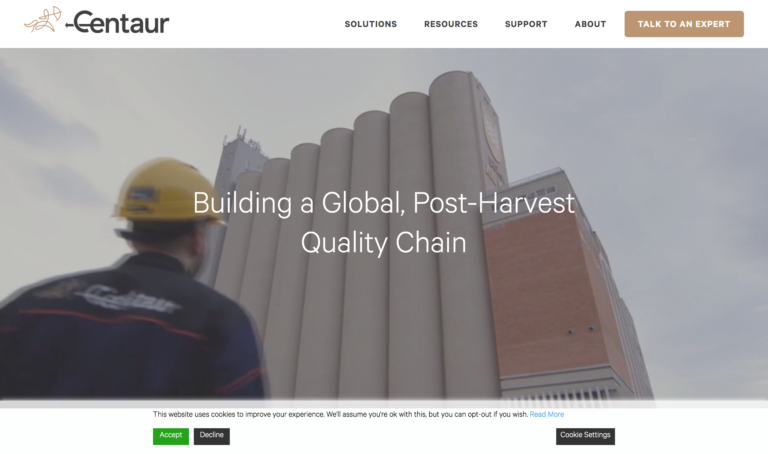End-of-life hydrocarbons are used to make low-sulfur products.
Advanced electrochemistry is used to change the molecular structure of used hydrocarbon-based materials (like oils, rubbers, and plastics) so that unwanted contaminants (like sulfur, metals, chlorine, etc.) can be taken out in a low-cost, low-emission way. The outputs are a low-sulphur fuel that complies with ISO:8217-2017 and must be used by the commercial shipping industry to meet current worldwide emission regulations set by the International Maritime Organization (IMO), as well as for agricultural or commercial machinery and as an alternative drop-in fuel that can comply with the EU REDII directive. Also, the LSF process can turn a wide variety of plastics into a wide variety of Naphtha that meets the Platts PAAAL0X specification and is used by refineries to make new plastics and chemicals.
Positive facts about Low Sulphur Fuels
Emission reductions (g/kWh) should be as follows: a 90% reduction of SO2; 11% less NOx emitted
Payback reached in 14-20 months
Low Sulphur Fuels website : https://lowsulphco.com/


